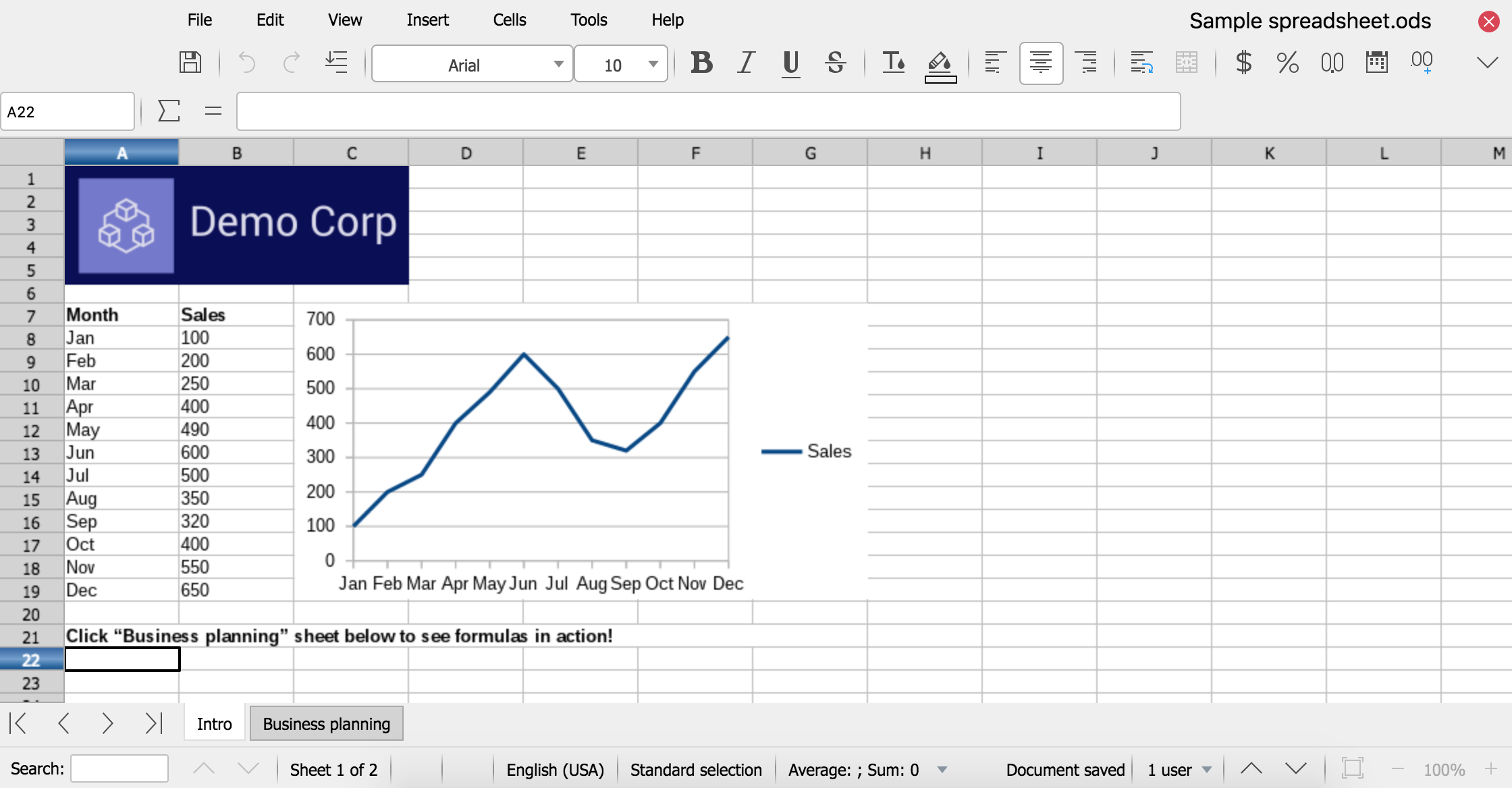

Click Next and then make sure Connect using JDBC is selected ( Figure B).Ĭlick Next and then fill out the necessary information for your remote MySQL database ( Figure C). From the window, select Connect to an existing database and, from the drop-down, select MySQL.

Open up LibreOffice Base and the database wizard will start. Click OK to exit out of the Options window and you’re ready to connect to your remote database. Select the mysql-connector-java-XXX-bin.jar file (where XXX is the release number) and click OK. In the resulting window, click the Add Archive button and then navigate to the folder containing the. Open up LibreOffice and go to Tools | Options | LibreOffice | Advanced | Class Path ( Figure A). The extraction will create a new folder that contains the necessary. To add this, you must first download the Platform Independent connector (from the MySQL Downloads page) and then extract that file.

Out of the box, LibreOffice does not have a functioning JDBC Connector. Once the service successfully restarts, you’re done on the server. To do this, log into your MySQL server, change to the /etc/mysql// directory, and open the file mysql.cnf for editing. The first thing you must do is enable remote connections on your server. I’ll be demonstrating with LibreOffice 5.3.3.2 on the client side and MySQL 5.7.17 running on Ubuntu Server 16.04. I’m going to show you how to overcome those problems, so you can work with your remote MySQL databases with ease. However, when you attempt to connect to a remote MySQL database server, you’ll run into a couple of issues. The tool has the built-in ability to work on both local databases or even remote databases. LibreOffice Base is a user-friendly GUI tool that makes working with databases fairly simple. Jack Wallen walks you through the steps to make this happen. LibreOffice Base can make working with remote MySQL databases a snap. How to connect LibreOffice Base to a remote MySQL database


 0 kommentar(er)
0 kommentar(er)
